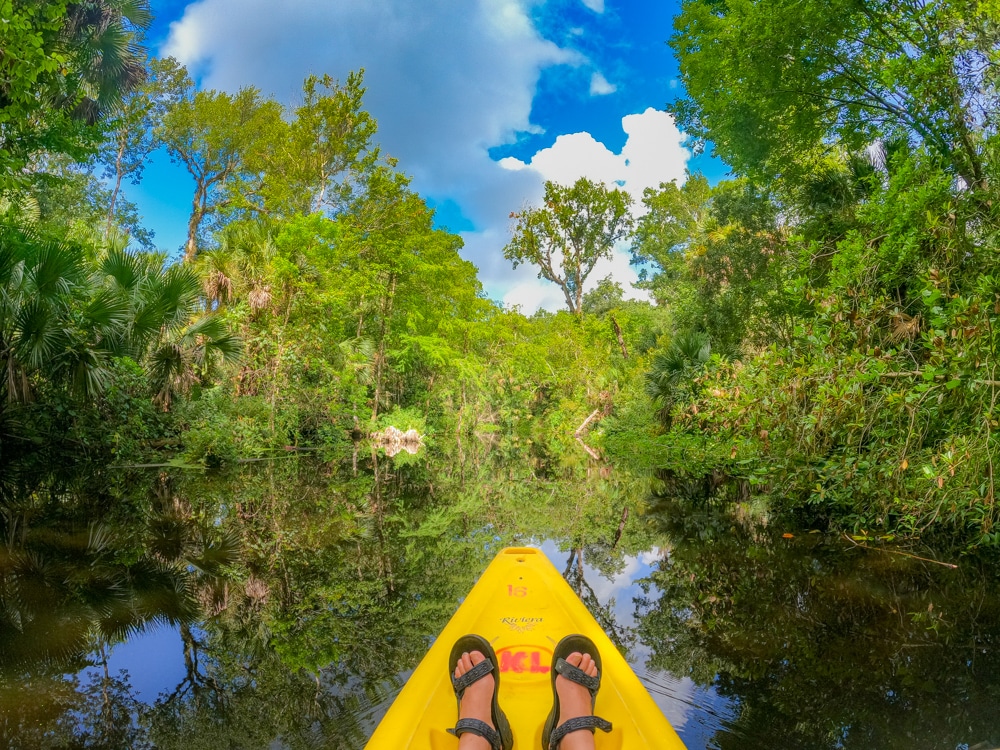When preparing for multi-day paddling tours, the setup of a twin-seat inflatable kayak can make the difference between a relaxed expedition and a challenging endurance test. Adventure paddlers who understand how to balance performance, comfort and durability can enjoy safer and more efficient outings across diverse environments. Choosing the right 2 person inflatable kayak is only the first step. Proper inflation, weight distribution, gear storage and maintenance determine how the craft performs on lakes, rivers or coastal waters over time.

With a twin-seat inflatable, you will soon be enjoying views like this on your adventure trips.
Understanding the Design and Performance Potential of Modern Inflatable Kayaks
Contemporary inflatable kayaks have evolved considerably in both materials and structure. High-quality twin-seat models now use drop-stitch floor construction, creating rigid hulls that mimic the handling of hard-shell designs. For example, kayaks with a PSI rating between 6 and 10 can maintain optimal rigidity without adding unnecessary weight. This balance enhances paddling efficiency and reduces drag. In addition, advanced PVC or Hypalon coatings provide abrasion resistance and ensure longevity even in rocky or saltwater conditions. These innovations show that inflatable kayaks can meet the standards required for expedition-level trips without compromising portability.
Related: Kayaking the Brule River Class II rapids
Balancing Weight and Stability Between Two Paddlers
The distribution of weight is a defining factor in how a twin-seat kayak tracks and turns. Ideally, the heavier paddler should sit in the rear seat to maintain balance during forward motion. This positioning allows the kayak’s bow to cut through the water more effectively and reduces strain on steering. Moreover, equalizing gear loads along the central axis prevents one side from dipping, particularly when crossing currents or navigating waves. Many teams use color-coded dry bags or numbered storage compartments to maintain a consistent load setup. Practicing these adjustments before long trips ensures predictability in handling and helps reduce fatigue.
Adjusting Seating and Footrests for Ergonomic Efficiency
Seat positioning affects both comfort and control during long paddling days. Inflatable kayaks with adjustable backrests and reinforced foot braces allow each paddler to fine-tune their posture. Maintaining a slight bend in the knees helps distribute pressure evenly and promotes better paddling rhythm. Some premium models include Velcro-based seat anchors that prevent shifting during quick maneuvers. For extended expeditions, investing in ergonomic seat padding can also reduce lower back tension and improve endurance.
Related: Marge Cline Kayaking run and lessons
Managing Gear Storage for Extended Trips
Efficient packing is crucial when preparing for multi-day adventures. Inflatable kayaks often feature bow and stern bungee cords or zippered compartments designed for dry storage. Prioritizing lightweight and compressible equipment reduces bulk and keeps the kayak’s center of gravity low. Essential safety items such as a repair kit, hand pump and navigation tools should always remain accessible. Waterproof compression sacks can significantly improve organization and buoyancy by keeping air evenly distributed. Additionally, transparent labeling of gear compartments simplifies repacking after campsite stops and ensures readiness even under changing weather conditions.
Accounting for Temperature and Pressure Variations
Temperature differences can affect air pressure inside inflatable chambers. A kayak inflated to 8 PSI in cool morning conditions may expand to 9 PSI under midday heat. Overinflation can stress seams, while underinflation may cause drag and sluggish handling. Using a digital pressure gauge allows precise monitoring throughout the day. For reference, a 10 °C increase in temperature can raise internal air pressure by approximately 0.5 PSI. Therefore, frequent adjustments prevent long-term material wear and maintain consistent performance.
Maintenance Practices That Extend Kayak Lifespan
Routine maintenance plays a major role in preserving the reliability of an inflatable kayak. After every outing, rinsing the craft with fresh water removes salt and sediment that can degrade materials. Once dry, a UV-protective spray can be applied to prevent sun damage. Storing the kayak partially inflated in a shaded and ventilated space avoids creasing and mildew formation. It is also advisable to inspect valve seals quarterly, as micro-leaks can develop unnoticed. Many experienced paddlers maintain a simple maintenance log that documents pressure readings, patches and repairs to ensure the kayak’s history is traceable.
Evaluating Quality, Sustainability and Transparency in Equipment Choices
In recent years, brands have begun emphasizing transparent supply chains and sustainable production methods. Manufacturers using recycled TPU coatings or phthalate-free PVC materials contribute to reducing environmental impact without compromising performance. Regional production also minimizes transport emissions and allows closer quality monitoring. When comparing models, reviewing material certifications and repair part availability can serve as reliable indicators of durability and brand integrity. Transparent warranty policies further highlight which manufacturers prioritize long-term reliability over short-term marketing claims.
Innovations Driving Future Kayak Design
The evolution of inflatable kayak engineering continues to integrate user feedback with new technologies. Some brands are experimenting with modular seating systems that adapt to solo or tandem configurations and provide flexibility for various trip types. Others incorporate reinforced keel inserts to enhance directional tracking in windy conditions. Bluetooth-enabled pressure sensors now allow real-time air monitoring via smartphone applications, combining convenience with precision. Such innovations illustrate how inflatable kayaks are bridging the gap between recreational and expedition-level use while maintaining the advantages of portability and ease of storage.
Key Takeaways for Serious Adventure Paddlers
Optimizing a twin-seat inflatable kayak setup involves more than choosing the right craft. It requires understanding how each component, from seat alignment to gear balance, affects overall safety and enjoyment. Regular maintenance and awareness of environmental factors extend the kayak’s lifespan, while conscious brand selection supports sustainability and transparency. When approached with planning and precision, inflatable kayaking becomes a rewarding and eco-conscious way to explore waterways worldwide.
Adventure on!








